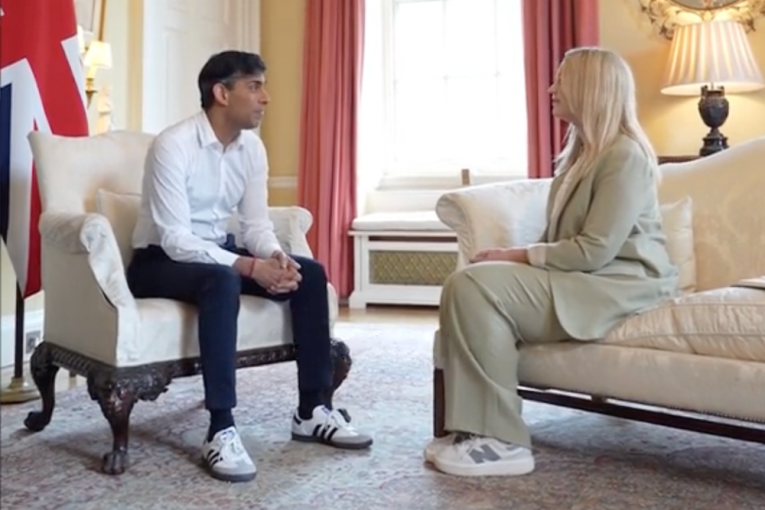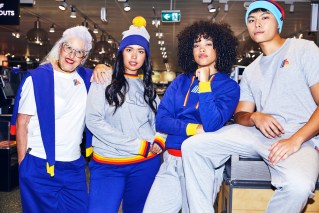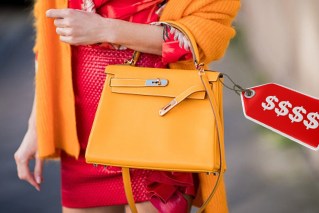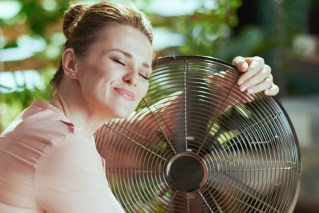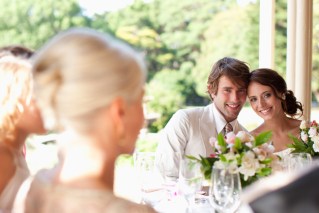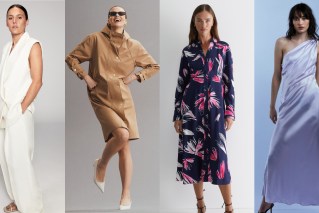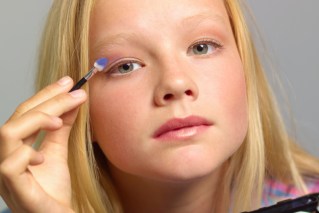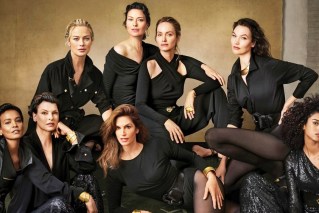Fashion at the Oscars

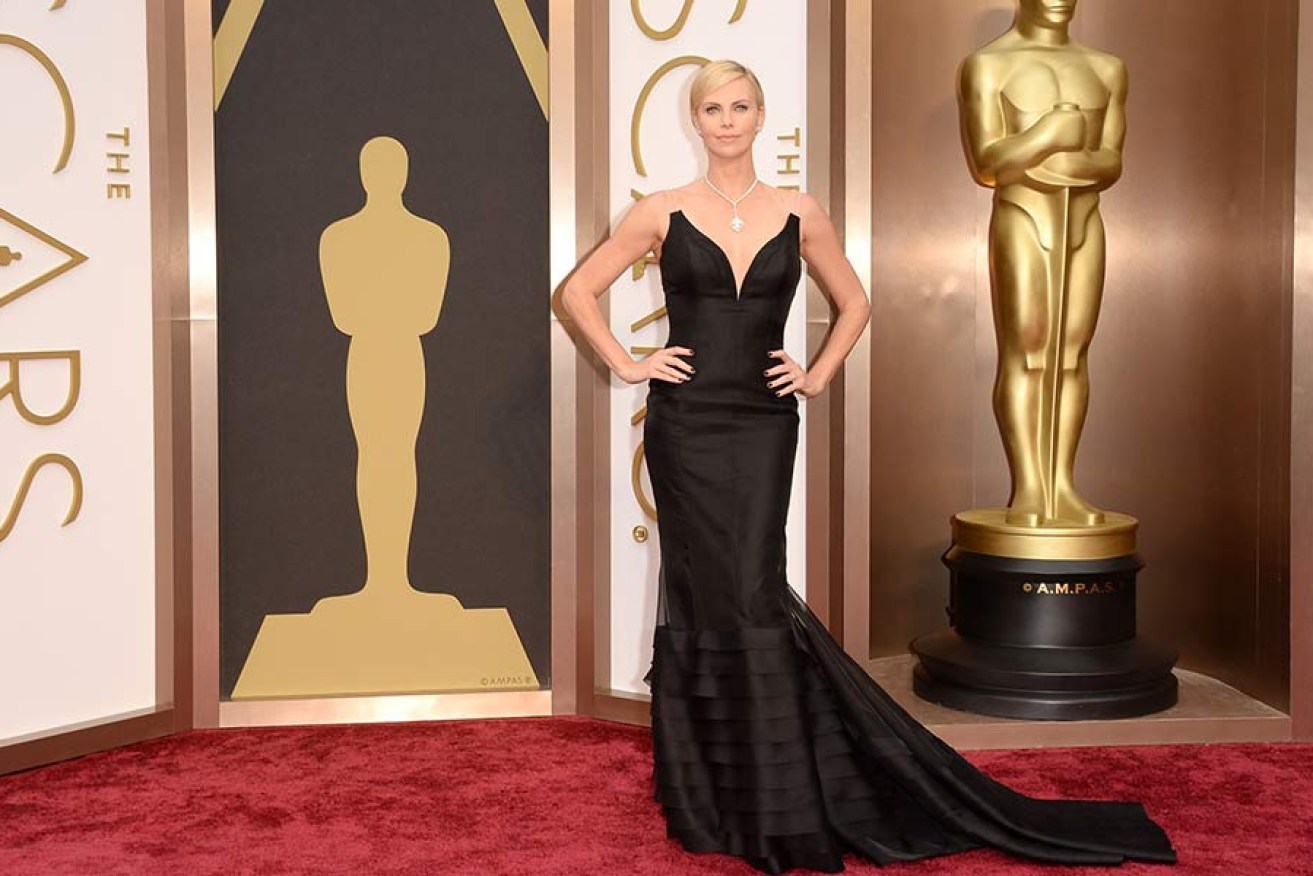
Getty
Academy Award-winning director Frank Capra, who made movies before the cheque book was king, once claimed the Oscars was the greatest no-cost PR exercise.
“(The Oscars is) the most valuable, but least expensive, item of world-wide public relations ever invented by any industry,” he said.
Capra, who directed in the 1930s and 40s and died in 1991, could not have fathomed the modern phenomenon of five-figure invoices being sent by stylists to bevvies of movie stars after Hollywood’s big night.
Of course, what the legendary filmmaker said remains true, although it now comes at a price.
Months of preparation — at a cost of $35,000 per actress, as estimated by Forbes magazine — will climax in the fashion spectacle under the bright lights on the red carpet outside Los Angeles’ Dolby Theatre on Monday.
There is no more grand event, one that reflects the social milieu and provides even the world’s most famous and accomplished designers with a thrill, than the parade of swagger and sequins down Oscar’s 150-metre ruby rug. It’s a boulevard of lights, cameras and an insatiable entertainment press.
The modern phenomenon of fashion saturation, from popular blogs of street snaps to the rolling inventory of pretty pictures on Instagram, has done nothing to extinguish the frisson ahead of the 86th Oscars red carpet, nor reduce its relevance to money, power and celebrity in the cinema and clothing industries.
In the manufacturing hubs of Asia, clothing barons have their finger on the factory button, ready to churn out a copycat version of the Oscars outfit that has everyone talking — “It’s a hit! Ten out of ten! Go, go go!”
The designers — famous creative heads of billion dollar fashion houses — endure the anxiety of wondering whether a star will wear their dress. They don’t know if they are the chosen one until a few minutes before the actor steps from her limousine. It’s rare that acclaimed designers, of the ilk of Karl Lagerfeld and Carolina Herrera, have reason to nibble their nails and pray to the rag trade gods.

Audrey Hepburn wearing Givenchy holding her Oscar for ‘Roman Holiday’. Photo: Supplied
Fashion as entertainment has been democratised as more style-minded women with the bodies for the latest trends pout and pose in blogs, but this is fashion at its most ambitious and exclusive — a type of theatre, directed to the nth degree.
Behind the scenes is a style crew to rival a film production, weighting hems (that’s the trick for making the dress drop so smoothly in photos), consulting $1000-a-cut hairdressers and rifling through boxes of gems worth enough to feed and cloth one of LA’s poorest neighbourhoods.
For all actors, a successful red carpet stroll — which takes just minutes, as opposed to months of media tours — can enhance their persona, translate to lucrative deals with luxury fashion houses, shoots in the highest-end magazines through the lens of Annie Leibovitz and, ultimately, greater bankability, more prominence and more statuettes.
Sliding your thin frame into frock by Versace, McQueen, Marchesa or Elie Saab is the surest way to a fatter savings account if you are a Hollywood actor.
Audrey Hepburn was a trailblazer in this regard. She was a picture in a coquettish Hubert de Givenchy dress in 1953, when she won best actress for Roman Holiday.
Embossed with delicate jacquard and flourished with a fine belt that emphasised her doll-like waist, Hepburn’s look was so lauded that Givenchy went on to make her his muse.
It was a partnership of mutual benefit to both actor and designer, and the reason why designers gift bespoke gowns that took hours to make by hand to the hottest actor of the day. The cost is a write-off when you consider the riches it can yield.
Paired up for enduring fashion and film moments — most memorably in the 1961 film adaption of Truman Capote’s novella Breakfast At Tiffany’s, while is still the benchmark for chic and reference by other designers half a century on.

Celine Dion in that infamous reverse tuxedo. Photo: Getty
Hepburn became a style icon and the simple “little black dress” reached exalted status thanks to Holly Golighty’s opening scene, in which the elfin actress is slinky, but sophisticated, in a Givenchy column dress with coils of pearls at her throat.
Today, the same outcome can be achieved thanks to a glittering turn on the Oscars red carpet, although there is much less romanticism to blossoming into an icon and far more cut-throat commercialism than in Hepburn’s time.
For all its froth and spangle, the Oscars red carpet also reflects social moods and movements. The year 2001 was when vintage dressing took off, and Julia Roberts, in black and white 1980s Valentino (frequently voted the greatest Oscars dress of all time), gave an invaluable boost to the preloved trend that been bubbling away.
The desirability of vintage is as strong as ever, maybe in some very small part thanks to the beautiful and memorable kick-off it got from Roberts.
While the ongoing exposure generated by the dress was not much benefit to Roberts, then already a mega star, this sort of clever reading of the fashion climate is important for up-and-coming actors.
It’s why some — a la Celine Dion’s back-to-front white tux — are willing to take enormous risks, and we’ll see a few.
Playing roulette with the choice of dress might end in humiliation and a smacking on social media, but it’s worth it — for designer and actor — for the chance to capitalise on the moment.
